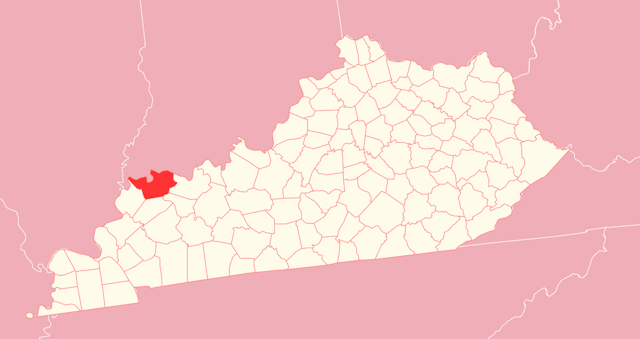Rehabs in Henderson
Henderson is the 25th largest county in the state of Kentucky in the US. Its total area is 466 sq mi (1,210 km2).
As one of the densely populated areas, it has 44,329 residents. Although it decreased by 0․83% in 2021, the density was 18․21 km2.
According to average statistics, it has a below-average rating for chemical use compared to its population density. As of 2021 statistics, there were 10 overdose drug deaths. It registered 789 emergency department visits with substance use disorder (SUD). In the meantime, inpatient hospitalization was 29.1. Deaths from alcoholic driving were 11% in the same year.
As shown above, with the help of Henderson County rehabs, residents have overcome the substance use crisis.
Drug and Alcohol Evaluation
As a rule, the treatment of chemicals starts from diagnosis. The first is assessment when a client meets counselors. To know the health state of a visitor, specialists ask questions.
This discussion helps professionals better understand the care that a visitor needs. So, addiction specialists can find the right program for the patient. If required, clients may pass some tests.
Rehab Programs in Henderson County
Rehabs in Henderson County are known as the best centers for curing all types of drugs. These are specialized institutions with qualified doctors who provide complete treatment and have had a positive development in their community.
Detox
Dependence on substances can be both severe and mild. Therefore, when people stop using them, they experience various withdrawal symptoms.
For this purpose, detox can be medical and non-medical. Addiction doctors manage detox with medicine when symptoms are severe. It helps reduce stress and anxiety. Finally, a client passes through this process smoothly.
Non-medical detox is a natural aid for people who are less addicted. Instead of drugs, specialists use supportive measures. It includes music and art therapies, fitness, and other means.
After detoxification, patients are ready to attend an inpatient program.
Inpatient (IP)
Generally, doctors cure severe addiction only at the inpatient level of care. Specialty rehab centers include various professionals in their medical staff to treat patients effectively. People living in residences get extra medical support. They take part in various therapies and activities.
Depending on the skills of a person, IP may last 30, 60, or 90 days.
Outpatient (OP)
When people need simple treatment from substances, OP is one of the choices in this situation. It provides a well-planned structure and education to overcome dependence.
In this province, it mainly includes one visit monthly for 30 hours. The support group counseling session takes place once weekly for three hours. Individual counseling meetings take place once for 60 minutes.
Intensive Outpatient (IOP)
IOP is another type of standard outpatient care. It helps those who need more intensive care. Thus, it may be beneficial for clients who have trauma.
IOP offers two days of individual counseling monthly for one hour. Group therapy meetings take place three days weekly for three hours. Additionally, each client should visit the hospital once for 30 minutes.
Prices and Payment Options
Only some medical centers accept the same payment options. On the contrary, they take insurance most of the time.
Although the fees of some services are high, getting healing becomes possible with the coverage. If patients do not have insurance, they can pay through Medicare or Medicaid.
Finally, clinicians suggest payment plans if patients have neither insurance nor other financial help.
Forcing Teens Into Rehabilitation
Teens fall under the influence of substances sooner than adults. The reasons can be different. It is common in America that independence is the goal of life. This feeling becomes an occasion for minors to use chemicals. They also want to be like their friends and not be different from others.
Hence, making them get treatment will take effort. Parents should find the reason and work on removing it. Only the specialized doctors of this region will be able to help them in this matter.

